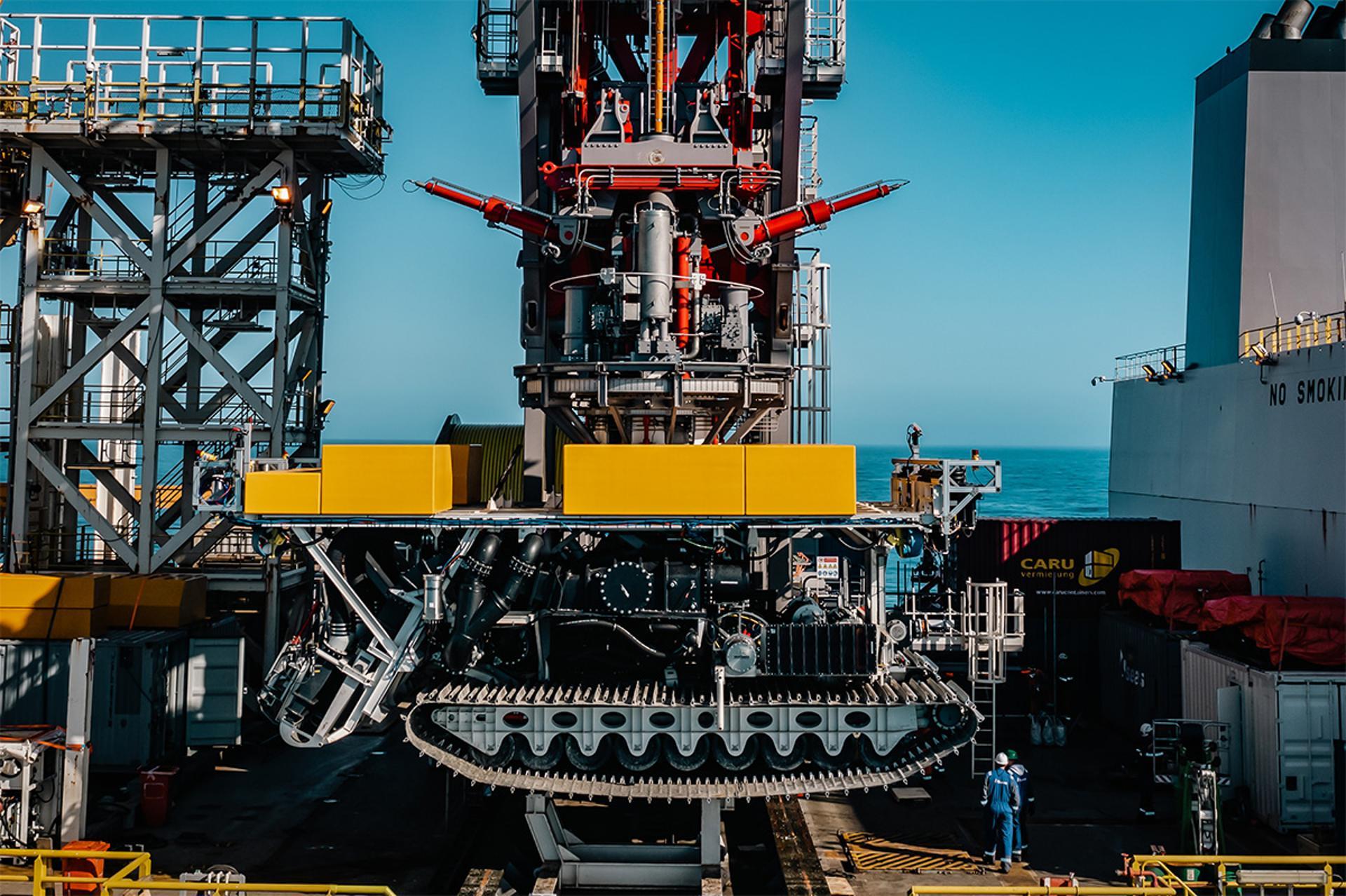| IN A NUTSHELL |
|
Deep sea mining is on the verge of transforming from an abstract concept into a tangible reality. As companies like The Metals Company (TMC) push for the extraction of precious minerals, the oceans may soon become the battleground for the next resource gold rush. This shift is not just about technological advancements but also involves geopolitical maneuvers and environmental considerations. The following sections delve into the complexities and potential impacts of this burgeoning industry.
The Quest for Polymetallic Nodules
The Metals Company, a Canadian firm, has been a pioneer in the deep sea mining arena since 2011. Sponsored by the island nation of Nauru, TMC has secured exploratory contracts to mine polymetallic nodules from international seabeds. These nodules are not just any mineral deposits; they are potato-sized treasures containing nickel, copper, cobalt, and manganese. These minerals are crucial for manufacturing batteries that power electric vehicles and renewable energy systems, which play a significant role in reducing fossil fuel dependency.

TMC argues that the abundance of these resources on the ocean floor could expedite our transition away from fossil fuels. However, the extraction process involves sending large vessels into the high seas and deploying collector vehicles to the abyssal depths of the Pacific Ocean’s Clarion Clipperton Zone. These collectors will gather the nodules and transport them to the surface, where they will be processed into valuable materials. The company’s position is clear: to meet the growing demand for battery-grade minerals, deep sea mining is indispensable.
“Racing Past Rivals”: New US Hypersonic Testbed Contract Surges Ahead of Russia, China
The Mechanics of Deep Sea Mining
At the heart of TMC’s operations are the collector vehicles designed to operate at depths of 2.5 to 3.75 miles (4 to 6 km) beneath the ocean surface. These sophisticated machines traverse the ocean floor, gathering loose nodules and sending them through pipelines to surface vessels. The process involves using compressed air to transport the nodules upward, after which they are filtered and prepared for shipment to processing plants onshore.
Processing involves heating the nodules in furnaces to separate the contained minerals. This is a crucial step, as it transforms raw nodules into products that can be directly used in battery manufacturing. While TMC claims that its operations will cause minimal environmental disturbance, concerns about the potential impact on underwater ecosystems remain. The company’s assurances that the chosen depths and locations will not significantly harm marine life are yet to be universally accepted.

“Unseen heroes in a petri dish”: these new viruses massively combat climate change now
The Regulatory and Environmental Roadblocks
Despite TMC’s ambitious plans, significant regulatory hurdles remain. The International Seabed Authority (ISA), a body established in the 1980s to govern sea mining, has yet to finalize regulations for resource exploitation. Without these guidelines, companies like TMC cannot proceed with full-scale mining operations. Moreover, the United States, which has not ratified the United Nations Convention on the Law of the Sea, lacks full membership and voting rights within the ISA. This complicates the legal landscape for American companies involved in deep sea mining.

Environmental activists and scientists have voiced concerns about the irreversible damage deep sea mining could inflict on ocean ecosystems. The Deep Sea Conservation Coalition, an international body, advocates for a moratorium on such activities until more is known about their potential consequences. Amid these debates, TMC continues to push forward, seeking exploratory licenses and extraction permits from the US Department of Commerce. The outcome of these applications could reshape global mineral supply chains and the state of our oceans.
Scientists create heat-resistant super corals that could save entire marine ecosystems from collapse
The Future of Deep Sea Mining
As TMC engages with US government officials, including those in the White House and Congress, the interest in deep sea minerals grows. President Trump’s administration has shown a willingness to remove environmental protections, potentially paving the way for TMC’s applications to succeed. If approved, these permits could lead to significant changes in the availability of minerals critical for battery production.
The prospect of deep sea mining raises questions about the balance between economic development and environmental preservation. While the transition to a low-carbon economy is essential, the methods employed to achieve it must be carefully considered. The Verge offers a detailed timeline of events leading to the current state of affairs, highlighting the environmental concerns raised by scientists and conservationists. As the industry evolves, stakeholders must navigate these complexities to ensure sustainable progress.
Deep sea mining presents a tantalizing opportunity to access untapped mineral resources. However, the environmental, regulatory, and ethical challenges it poses are significant. As we stand on the brink of this new era, we must ask ourselves: can we harness the riches of the ocean floor without compromising the health of our planet’s most vital ecosystems?
Did you like it? 4.5/5 (29)









Isn’t deep sea mining just another way to exploit our planet? 🤔
Thanks for shedding light on such a critical issue. We need more awareness about this.
Can TMC really guarantee minimal environmental impact? Seems too good to be true!
Looks like the new gold rush is underwater! Who would have thought? 😂
How can we ensure the protection of marine life while pursuing these ventures?
Great article! This is something we should all be concerned about.
Where can I find more detailed info on the technologies TMC is using?
Deep sea mining sounds like a sci-fi movie plot! 🌊🎬
Why isn’t there more regulation in place? This needs to be a priority!
I hope the ISA steps up before it’s too late.